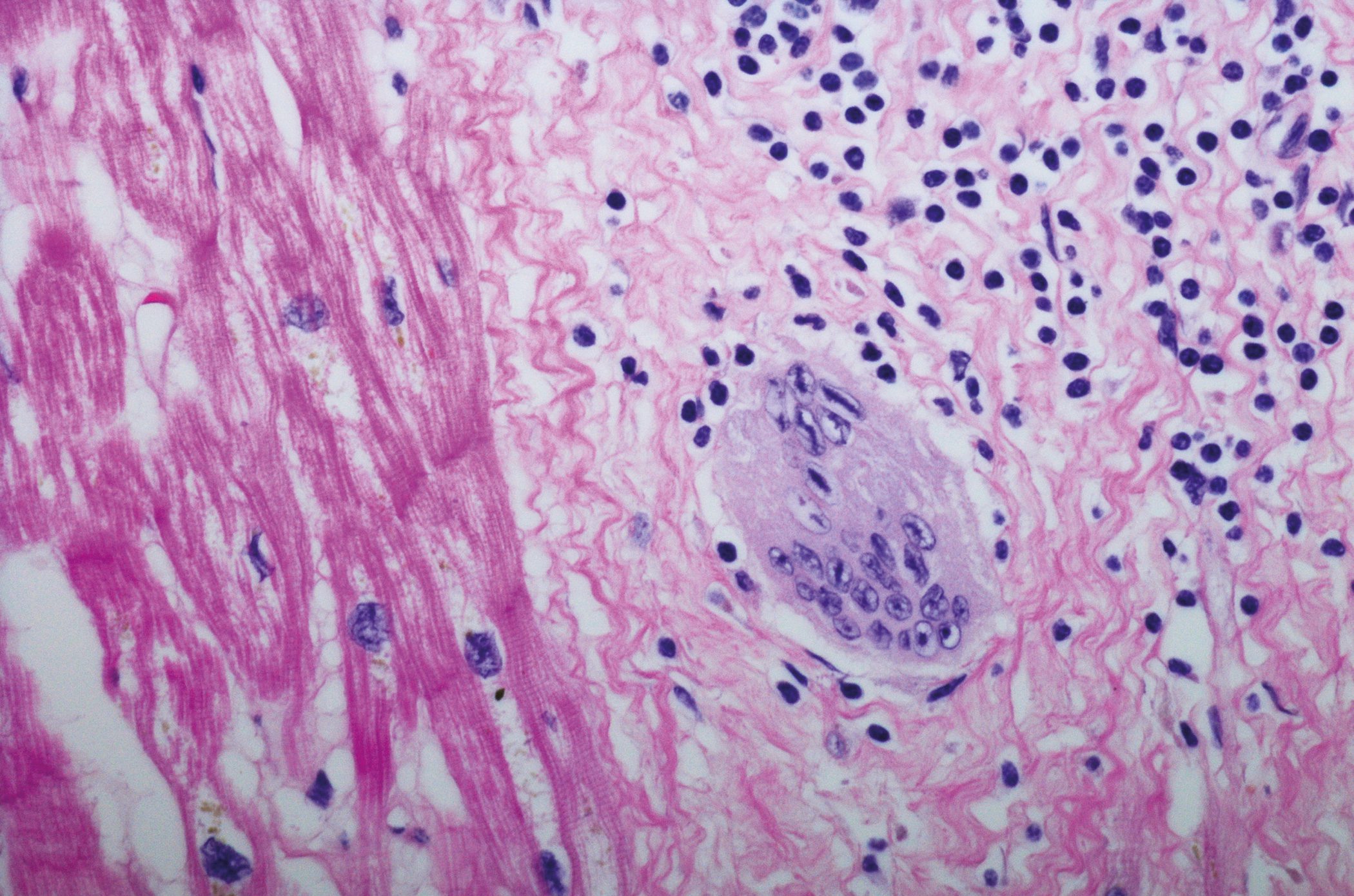In recent years, the treatment of thrombosis patients has increasingly shifted to the outpatient sector. Provided that a reliable diagnosis and the application of anticoagulants in the correct dosage can be guaranteed, this often makes sense. However, there are cases where hospitalization and treatment is necessary, for example in cases of extensive pelvic vein thrombosis, severe venous congestion symptoms and in some other clinical situations.
Autoren
- Mirjam Peter, M.Sc.
Publikation
- HAUSARZT PRAXIS
Related Topics
You May Also Like
- Update 2025
Hypercholesterolemia
- GPP: from molecular principles to targeted therapy
Therapeutic rationale for targeted IL-36 receptor inhibition
- HFpEF 2025
Precision medicine and phenotypes
- Myelofibrosis
New treatment options for myelofibrosis patients with a high risk of anemia?
- Chronic insomnia in adults: Guideline recommendations
CBT-i as first choice – pharmacotherapy as secondary intervention
- COPD therapy
Drug therapy – Update 2025
- Pulmonary hypertension
PH and lung diseases
- IBDmatters - Synergy effects for IBD pathways












